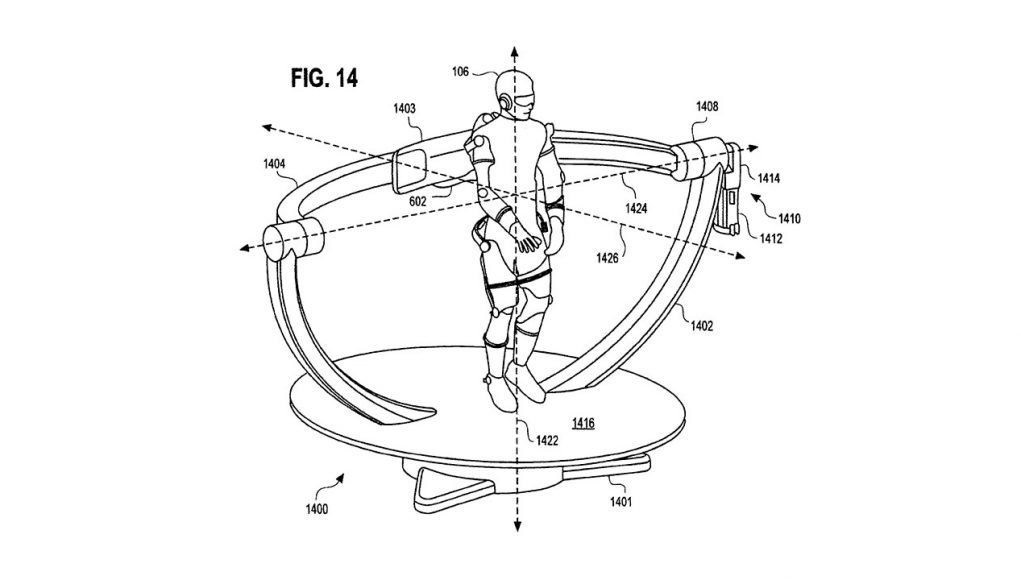 AxonVR was awarded US Patent No. 9,652,037 of a “whole-body human-computer interface” on May 16th, which includes an external exoskeleton as well as a generalized haptic display made out of microfluidic technology. I had a chance to demo AxonVR’s HaptX™ haptic display that uses a “fluidic distribution laminate” with channels and actuators to form a fluidic integrated circuit of sorts that could simulate variable stiffness and friction of materials.
AxonVR was awarded US Patent No. 9,652,037 of a “whole-body human-computer interface” on May 16th, which includes an external exoskeleton as well as a generalized haptic display made out of microfluidic technology. I had a chance to demo AxonVR’s HaptX™ haptic display that uses a “fluidic distribution laminate” with channels and actuators to form a fluidic integrated circuit of sorts that could simulate variable stiffness and friction of materials.
At GDC, I stuck my hand into a 3-foot cube device with my palm facing upward. I could drop virtual objects into my hands, and there was an array of tactile pixels that was simulating the size, shape, weight, texture, and temperature of these virtual objects. The virtual spider in my hand was the most convincing demo as the visual feedback helped to convince my brain that I was holding the virtual object. Most of the sensations were focused on the palm on the hand, and the fidelity was not high enough to provide convincing feedback to my fingertips. The temperature demos were also impressive, but also were a large contributor to the bulkiness and size of the demo. They’re in the process of miniaturizing their system and integrating it with an exoskeletal system to have more force feedback, and the temperature features are unlikely going to be able to be integrated in the mobile implementations of their technology.
LISTEN TO THE VOICES OF VR PODCAST
Audio PlayerI had a chance to talk with AxonVR CEO Jake Rubin about the process of creating a generalized haptic device, their plans for an exoskeleton for force feedback, and how they’re creating tactile pixels to simulate a cutaneous sensation of different shapes and texture properties. Rubin said that that the Experiential Age only has one end point, and that’s full immersion. In order to create something like the Holodeck, then Rubin thinks that a generalized haptic device will unlock an infinite array of applications and experiences that will be analogous to what general computing devices have enabled. AxonVR is not a system that’s going to be ready for consumer home applications any time soon, but their microfluidic approach for haptics is a foundational technology that is going to be proven out in simulation training, engineering design, and digital out of home entertainment applications.
Support Voices of VR
- Subscribe on iTunes
- Donate to the Voices of VR Podcast Patreon
Music: Fatality & Summer Trip







